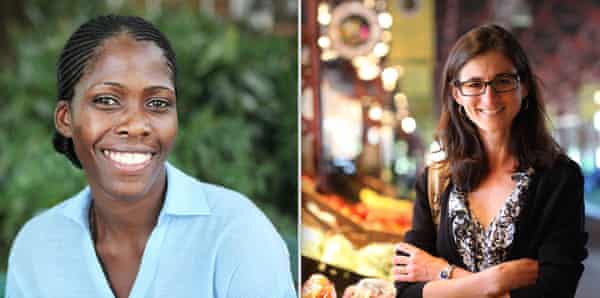Criticism of animal farming in the west risks health of world’s poorest
In the developing world most people are not factory farming and livestock is essential to preventing poverty and malnutrition

The pandemic has pushed poverty and malnutrition to rates not seen in more than a decade, wiping out years of progress. In 2020, the number of people in extreme poverty rose by 97 million and the number of malnourished people by between 118 million and 161 million.
Recent data from the World Bank and the UN shows how poverty is heavily concentrated in rural communities in Africa, Asia and Latin America where people are surviving by smallholder farming. This autumn there will be two key events that could rally support for them.
The first is this month’s UN food systems summit, a gathering seen as a potential turning point in generating support for more sustainable, equitable food systems. The second is the UN climate summit (Cop26) in November, where world leaders will be pressed to make major investments that will help rural farming communities adapt in the face of the climate crisis.
But it’s surprising to see that, in both arenas, a major opportunity is being squandered. Livestock farming is essential to half a billion poor families in the developing world. Yet the growing chorus of criticism directed against industrial farming in the west is threatening to undermine support for livestock everywhere – including in the developing world.
In poorer countries, most people are not factory farming. The cows, pigs, goats, sheep, chickens or camels that many families keep are often their most valuable economic and dietary assets. They serve as a hedge against the impacts of the climate crisis on their farms. They help ensure children don’t grow up malnourished.
The importance of animal products to preventing malnutrition shows how vital it is to evaluate risks and benefits. The average European consumes 69kg of meat every year, the average African 10kg. Many eat less – often far less – than that. In 2020, 149 million children under five were stunted by malnutrition. Many of those cases could have been prevented with greater access to animal-source foods.

We are an unlikely pair: an award-winning holistic farmer from Uganda and a US public health nutrition scientist. But we are united in our commitment to using our expertise to seek a more balanced and informed discussion of the very different roles of livestock around the world today.
We acknowledge livestock are a significant source of greenhouse gases. They have contributed to the destruction of tropical forests and other pristine natural areas. And overconsumption of certain animal products can contribute to chronic health problems.
But a recent assessment from UN nutrition, co-authored by Lora Iannotti, shows that for a significant portion of the world’s malnourished people, milk, meat and eggs are a source of essential nutrients not available – not now, nor in the foreseeable future – in plant-based alternatives.
Iannotti’s research shows that among young children, modest portions of nutrient-dense animal products are uniquely effective in preventing or addressing chronic malnutrition. The high concentration of essential nutrients in animal-based foods – often impossible to replicate in plant-based foods – also makes them highly valuable during other life stages, especially adolescence, pregnancy and lactation.
There are also opportunities to realise these benefits through sustainable, nature-positive approaches to livestock farming. On Emma Naluyima Mugerwa’s farm in Uganda, she raises pigs, cattle, chickens and fish. She grows vegetables, fruit and matoke, a type of banana. The pig dung feeds maggots that feed her chickens. Instead of chopping down trees for firewood, she uses the dung from her cows to produce biogas, a renewable fuel that cooks her food and provides electricity for the farm. She and her family consume some of her farm’s nutritious foods and make a good income by selling the rest to her community.
This is just one example of sustainable approaches to livestock farming that are good for people and the planet. There are many other creative and innovative solutions. But what we need are investments and targeted government policies that can encourage wider adoption, not wholesale bans or misguided anti-meat “moonshots” that leave millions of people stranded ever-further behind.
Sustainable, profitable livestock farming is a powerful option for helping a significant portion of the world’s most vulnerable communities find a way to better health and a better life. If we continue to focus solely on livestock risks, we will miss this opportunity. And the usual suspects – the people who started off with least – will be the poorer and hungrier for it.
-
Emma Naluyima Mugerwa is a vet and a farmer on a one-acre mixed farm in Uganda; Lora Iannotti is a specialist in child and maternal nutrition
